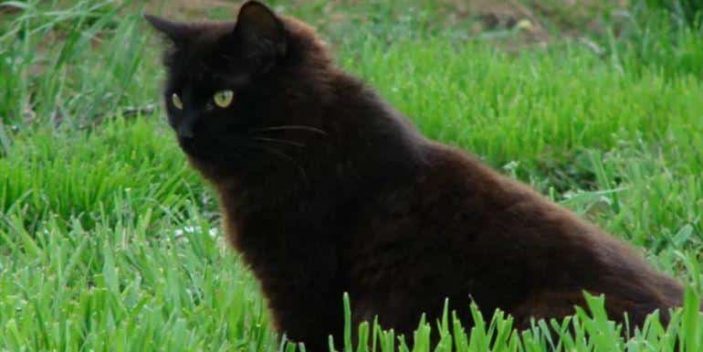What is it?
Phenylalanine (F or Phe) an essential amino acid with an α-amino group required by cats, dogs and others that cannot synthesize it.
It is one of the essential aromatic amino acids, others being tryptophan, histidine, and tyrosine. Structurally, it closely resembles alanine if you substitute the benzyl group found in alanine with a methyl group.
Commonly found in breast milk from mammals, it is a precursor of neuromodulator phenethylamine and thyroxine, a reason why you will often note Phe and tyrosine covered together.

Foods rich in phenylalanine
Dietary sources of this l-phenylalanine (one of the isomers) include meat, eggs, milk, fish, cheese, chicken, liver, soybeans, seafood, pumpkin and squash seeds, among other foods.
Requirement
The minimum requirement in cat food based on a dry matter basis is 0.52% for growth and reproduction and 0.42% for adult maintenance. Based on 1000 kcal ME, the minimum amounts are 1.30g and 1.05g respectively.
Functions and benefits
Besides being a structural building block of proteins, it is a precursor for tyrosine and about 50% of the amount needed is utilized in its synthesis.
Together with tyrosine, it helps in melanin production to maintain black color in black-haired cats. Deficiencies make their hair turn reddish brown. However, this deficiency is often more related to tyrosine deficiency.
Inside the lumen, the presence of any peptides that have phenylalanine trigger cholecystokinin which in turn causes bile and pancreas digestive enzyme release.
Deficiency signs
Phenylalanine deficiency is diagnosed by color changes as well as via fasted plasma amino acids.
Weight loss was noted in kittens fed with diets that did not phenylalanine while that was not observed if its amount was enough to amount but there was a tyrosine deficiency.
Also, prolonged deficiency for about 3-4 months in cats that have a black coat resulted in a color change to reddish-brown if both phenylalanine and tyrosine were below the required amount.
Prolonging deficiency for over six months according to NRC resulted in “neurological dysfunction involving an abnormal, uncoordinated gait with the tail bending forward over the back. The cats were also hyperactive, hypersalivated, and emitted frequent vocalization.”
These symptoms were resolved with supplementation of either phenylalanine or tyrosine.
Toxicity
There are no cases of toxicity reported in cats or dogs. However, when given in high amount, level in blood and urine went high, a condition often referred as to phenylketonuria has been associated with the inability of this amino acid to be oxidized to tyrosine and it can affect utilization of other.
This attributed to the fact that when one amino acid is high it affects cells from using or taking others. “Phenylalanine has been demonstrated in vivo to interfere with the intracellular accumulation of tyrosine. [1]
